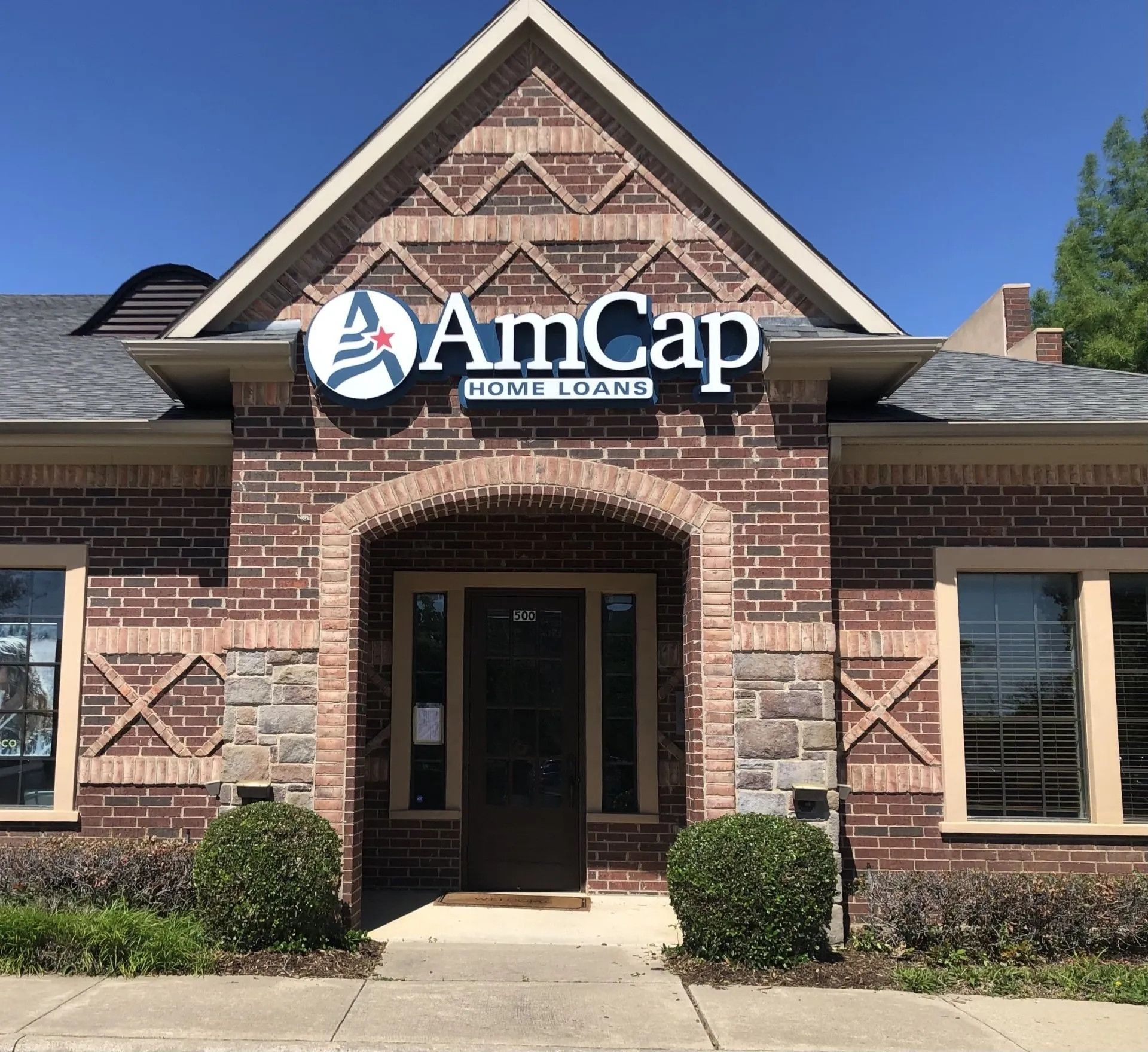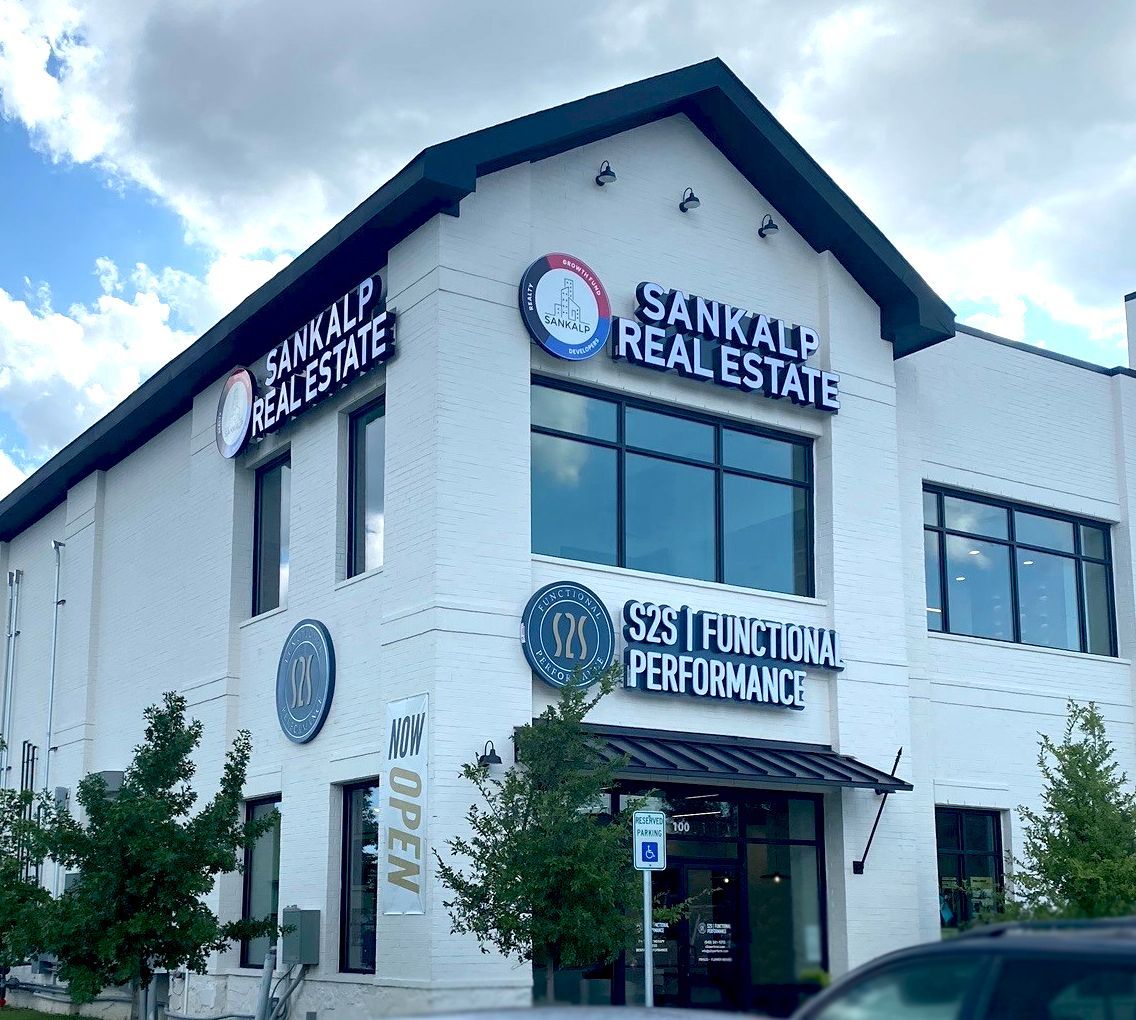ADA Compliance in Signage: What Business Owners Need to Know
Navigating the landscape of ADA compliance can be challenging for business owners, especially when it comes to ADA signage. The Americans with Disabilities Act (ADA), established in 1990, mandates that public spaces be accessible to everyone, including individuals with disabilities. Signage plays a crucial role in ensuring this accessibility. Here's a comprehensive guide to help business owners understand and implement ADA-compliant signage.
Understanding ADA Compliance
ADA compliance for signage is designed to ensure that all individuals, regardless of disability, can access and understand the information conveyed by signs in public spaces. This includes directions, room identification, emergency exits, and more. Non-compliance can result in legal repercussions and fines, not to mention the potential alienation of customers.
Key Requirements for ADA-Compliant Signage
Readable Text:
- Font Style: Use sans-serif fonts like Arial, Helvetica, or Verdana. Avoid decorative fonts.
- Character Height: Text height must be between 5/8 inch and 2 inches, depending on the viewing distance.
- Spacing: Ensure adequate spacing between letters and words to enhance readability.
Braille and Tactile Elements:
- Braille: Must be Grade 2 Braille, positioned directly below the corresponding text.
- Tactile Text: Raised characters must be 1/32 inch high and in uppercase, positioned at a height of 48 to 60 inches from the floor.
Contrast and Color:
- Contrast: Ensure a high contrast between text and background. Light text on a dark background or dark text on a light background is recommended.
- Color: While ADA guidelines do not specify colors, ensuring high contrast is crucial for visibility.
Mounting Location:
- Height: Signs should be mounted so that the center of the sign is 60 inches from the ground.
- Location: Place signs on the latch side of doors and ensure they are within an accessible range.
Pictograms:
- Size: Pictograms must be at least 6 inches high.
- Text Descriptions: Include a descriptive text below pictograms, with the same tactile and Braille requirements.
Sign Types:
- Permanent Room Signs: Must have both tactile and Braille text. These signs indicate room numbers, names, and functions.
- Directional and Informational Signs: Should have visual characters and are not required to have Braille unless they identify a permanent room or space.
Implementation Steps for Business Owners
- Assessment: Conduct an audit of your existing signage to identify areas that do not meet ADA standards.
- Design and Selection: Work with signage professionals who are knowledgeable about ADA compliance to design signs that meet all necessary criteria.
- Installation: Ensure signs are installed at the correct heights and locations. Professional installation services can help prevent errors.
- Regular Review: Periodically review your signage to ensure ongoing compliance, especially if you undergo renovations or rebranding.
- Employee Training: Educate staff about the importance of ADA compliance and how to assist individuals with disabilities.
Benefits of ADA-Compliant Signage
- Inclusivity: Demonstrates a commitment to accessibility and inclusivity, enhancing the customer experience for everyone.
- Legal Compliance: Avoids potential lawsuits and fines associated with non-compliance.
- Brand Reputation: Boosts your business’s reputation as a responsible and customer-focused entity.
Conclusion
ADA compliance in signage is not just a legal requirement to ensure accessibility for all. By adhering to ADA guidelines, business owners can create an inclusive environment that caters to the needs of individuals with disabilities, thereby fostering goodwill and enhancing their customer base. Taking proactive steps to ensure your signage is ADA-compliant will pay dividends in the form of customer loyalty and legal security. One of the stales team at SIGMA Sign Co. would be happy to talk with you about any sign needs you may have. Give us a call at 972-317-4467
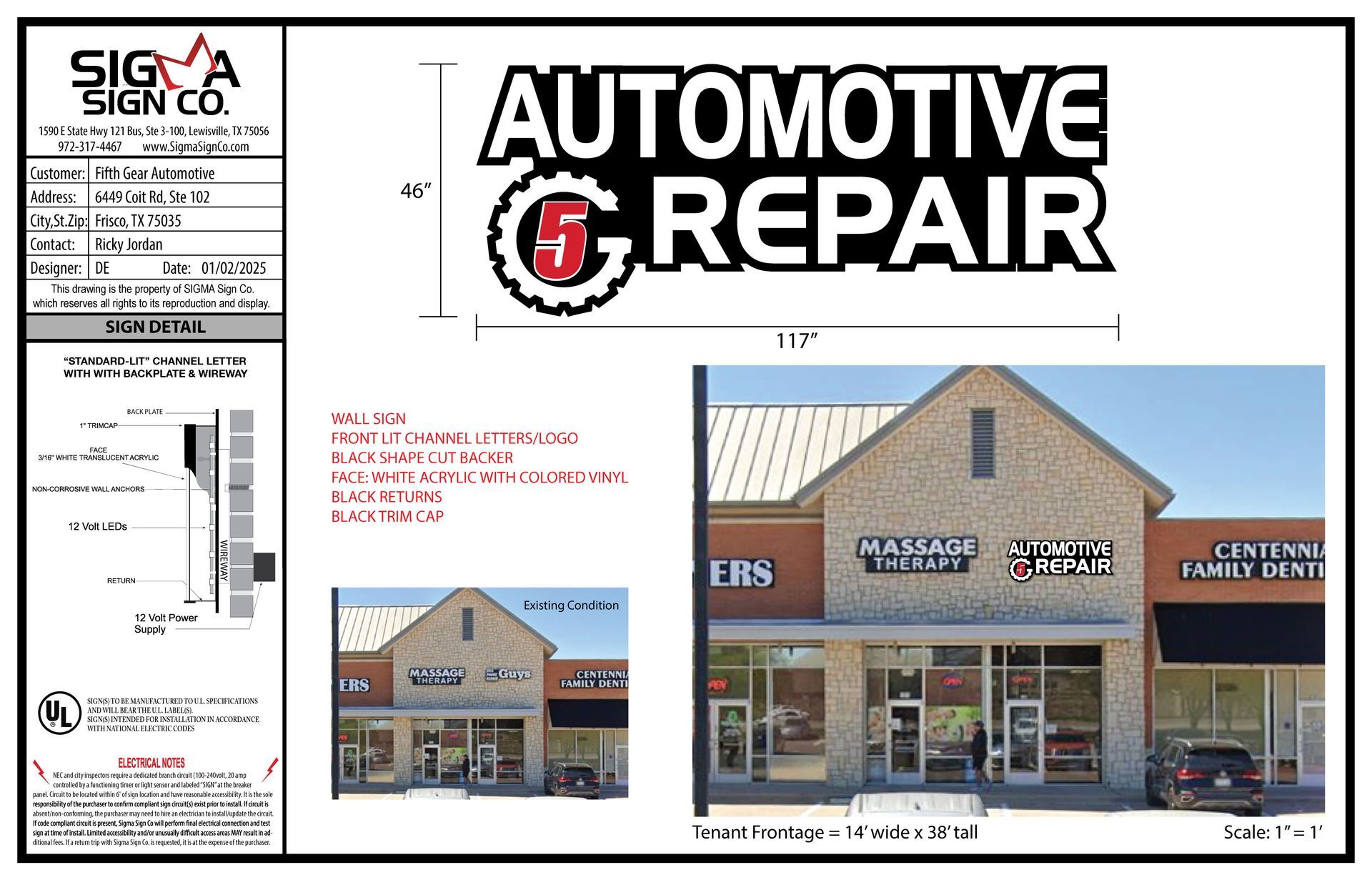


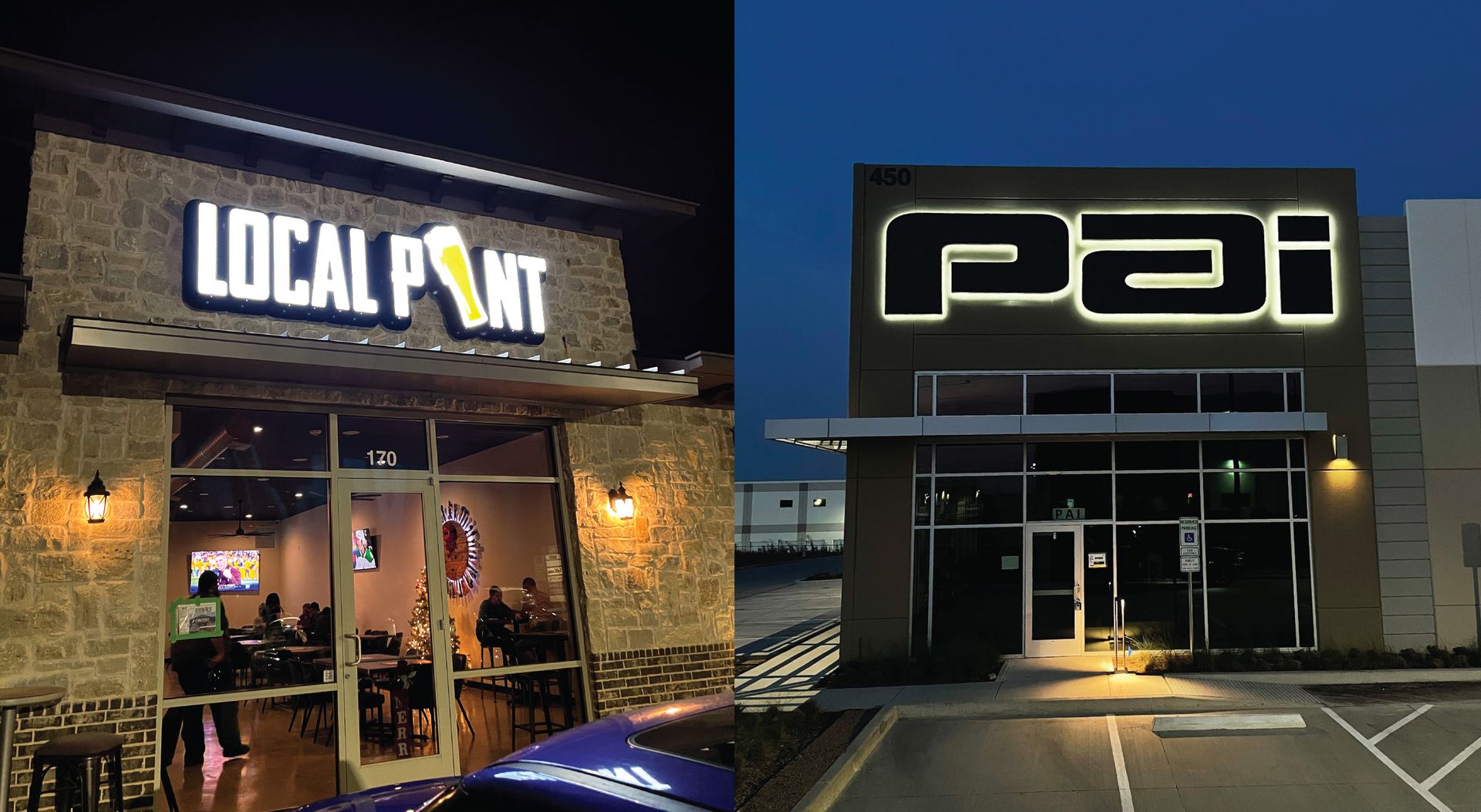
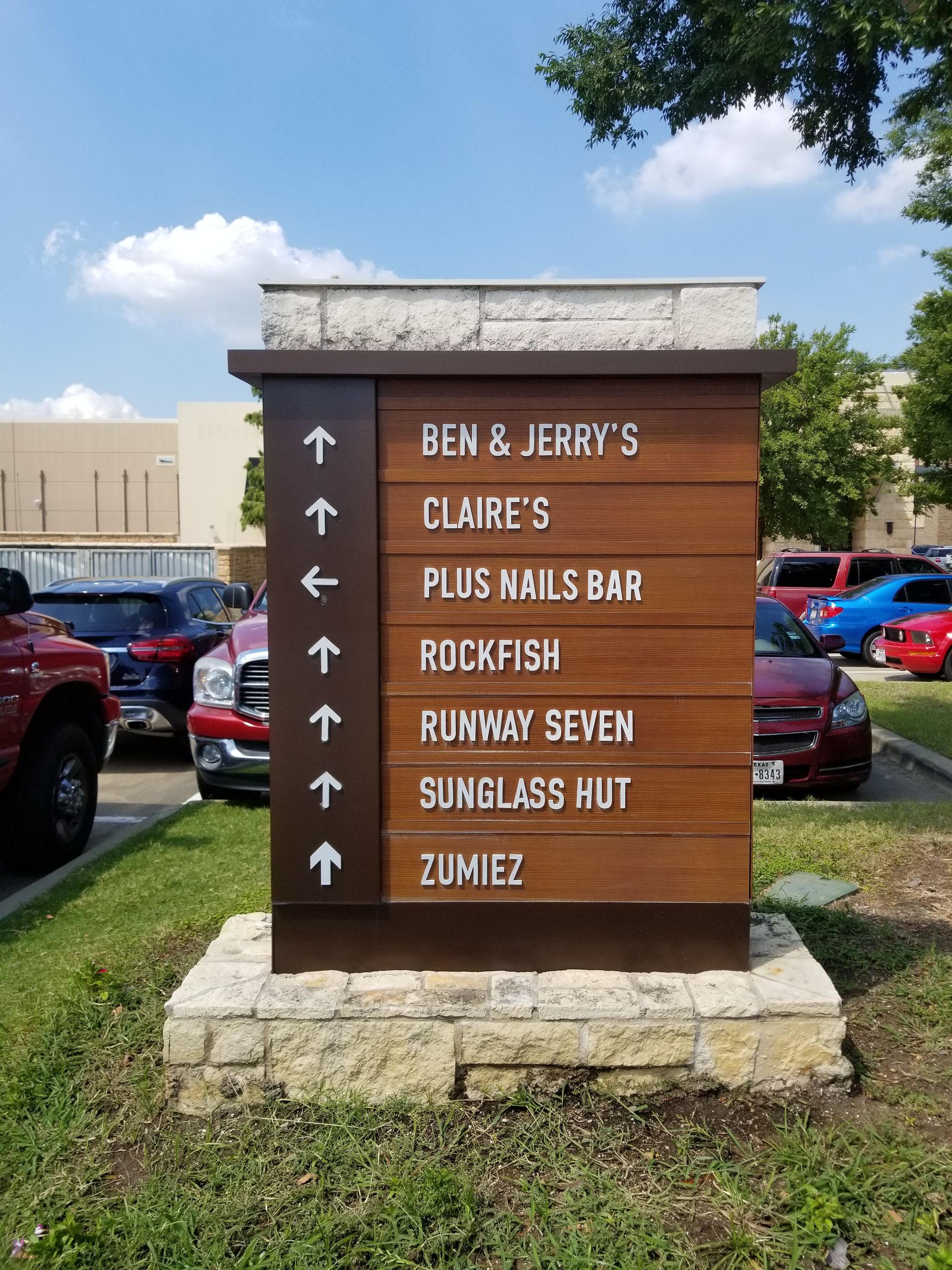
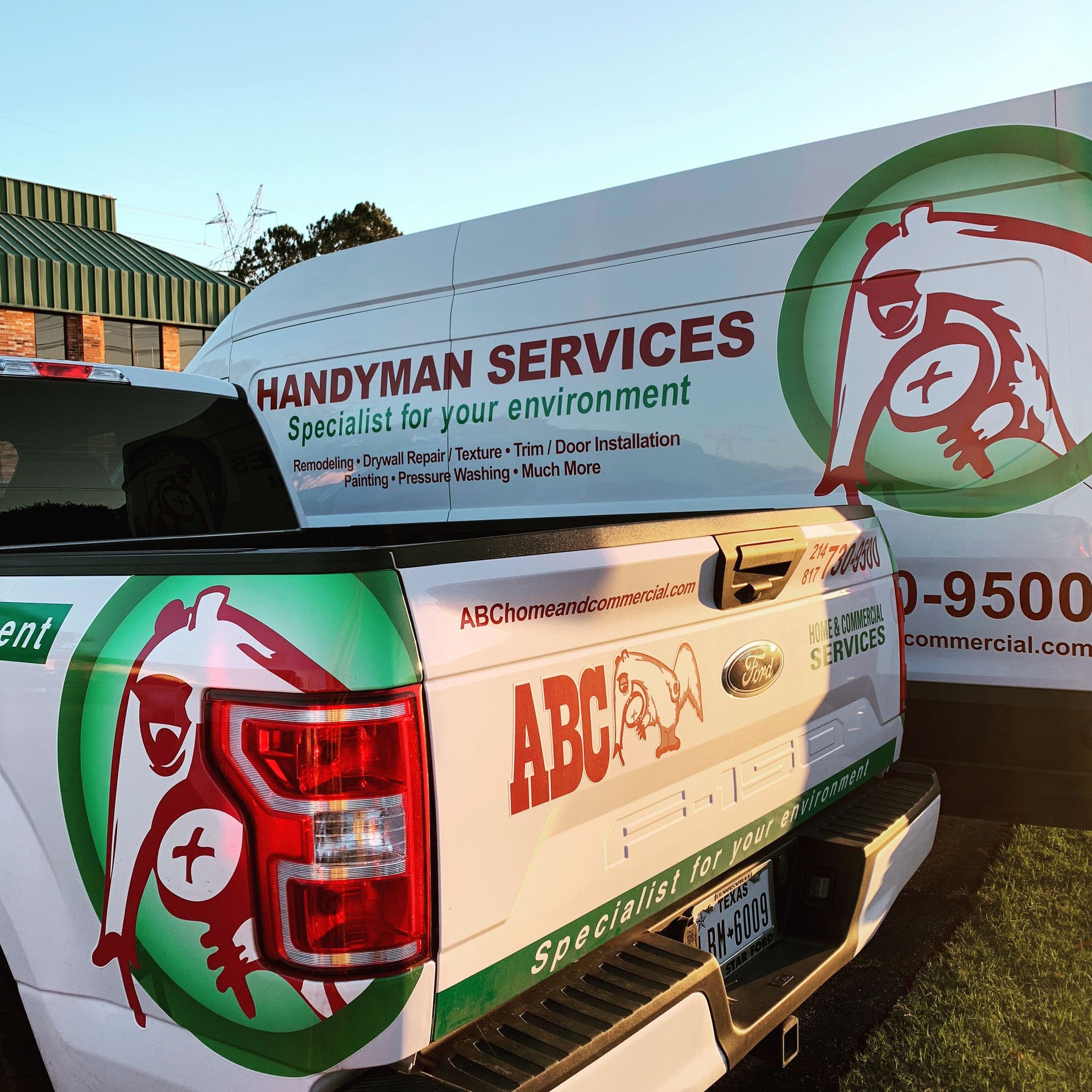
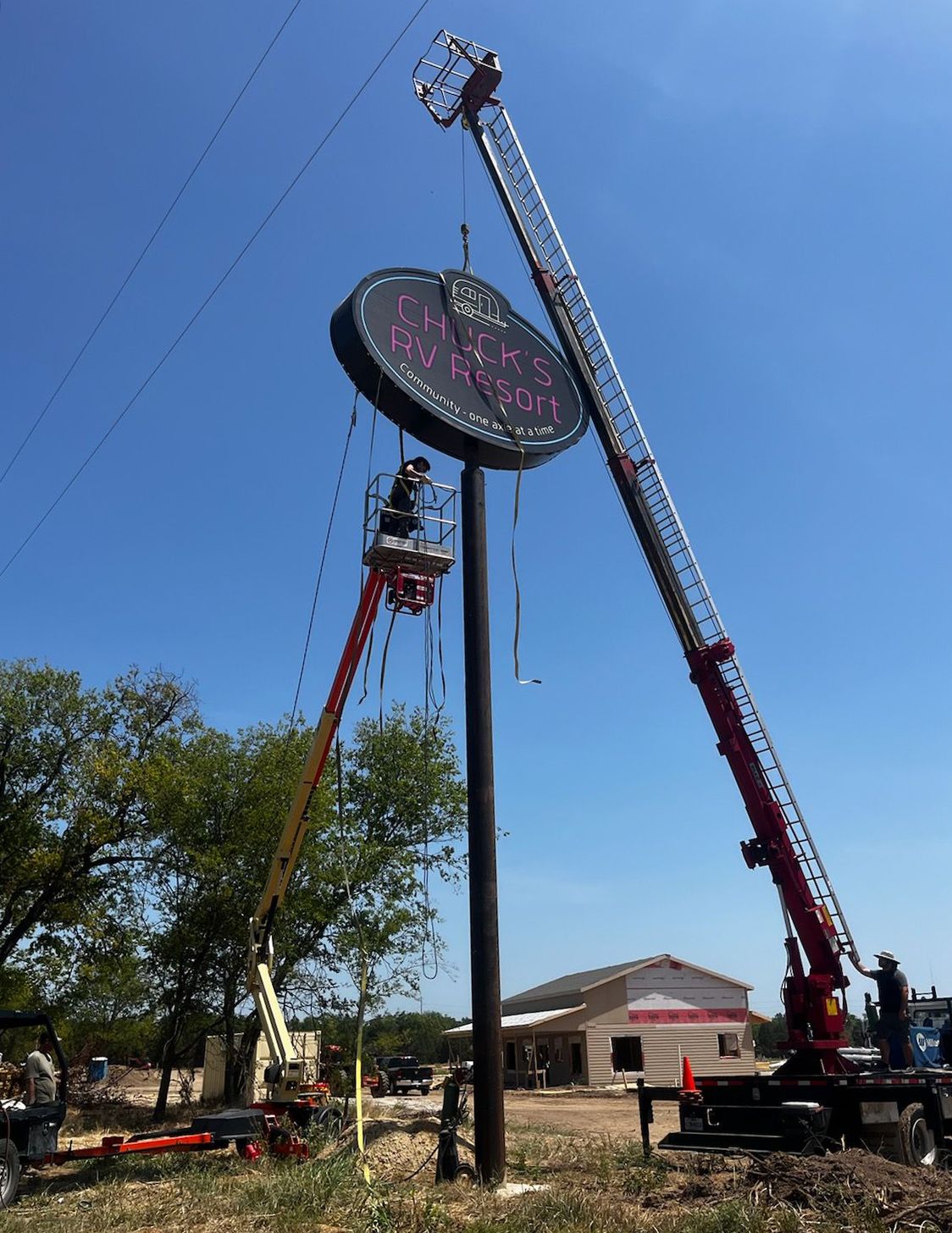
serving
Frisco
McKinney
Lewisville
The Colony
Flower Mound
Argyle
Bartonville
Prosper
Lake Dallas
Highland Village
Little Elm
Celina
Carrollton
Plano
Richardson
Allen
Southlake
Melissa
Farmers Branch
Haslet
Hurst
Bedford
Euless
Corinth
Denton
Keller
Addison
Lantana
North Richland Hills
and surrounding areas
Business Hours
- Mon - Fri
- -
- Sat - Sun
- Closed
Extended Hours By Appointment
Texas Licensed Electrical Sign Contractors TSCL18970

